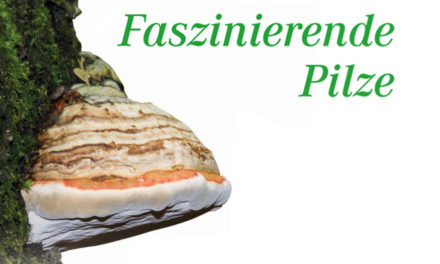The Osteoprotective Effects Of Kaempferol: The Evidence From In Vivo And In Vitro Studies
This article was published in the following Dove Press journal: Drug Design, Development and Therapy
Department of Pharmacology, Faculty of Medicine, Universiti Kebangsaan Malaysia, Kuala Lumpur, Malaysia9
Abstract
Kaempferol is a dietary bioflavonoid ubiquitously found in various types of plant. It possesses a wide range of medicinal properties suggesting its potential clinical utility that requires further investigation. The present review intends to highlight the efficacy of kaempferol and its molecular mechanisms of action in regulating bone metabolism. Many reports have acknowledged the bone-protecting property of kaempferol and kaempferol containing plants using in vitro and in vivo experimental models. Kaempferol supplementation showed bone-sparing effects in newborn rats, glucocorticoid-induced and ovariectomy induced osteoporotic models as well as bone fracture models. It achieves the bone-protective effects by inhibiting adipogenesis, inflammation, oxidative stress, osteoclastic autophagy and osteoblastic apoptosis while activating osteoblastic autophagy. The anti-osteoporotic effects of kaempferol are mediated through regulation of estrogen receptor, bone morphogenetic protein-2 (BMP-2), nuclear factor-kappa B (NF-κB), mitogen-activated protein kinase (MAPK) and mammalian target of rapamycin (mTOR) signaling pathways. In summary, kaempferol exhibits beneficial effects on skeleton, thus is potentially effective for the prophylaxis and treatment of osteoporosis.
Keywords
bone, flavonoid, fracture, osteoblast, osteoclast, osteoporosis








